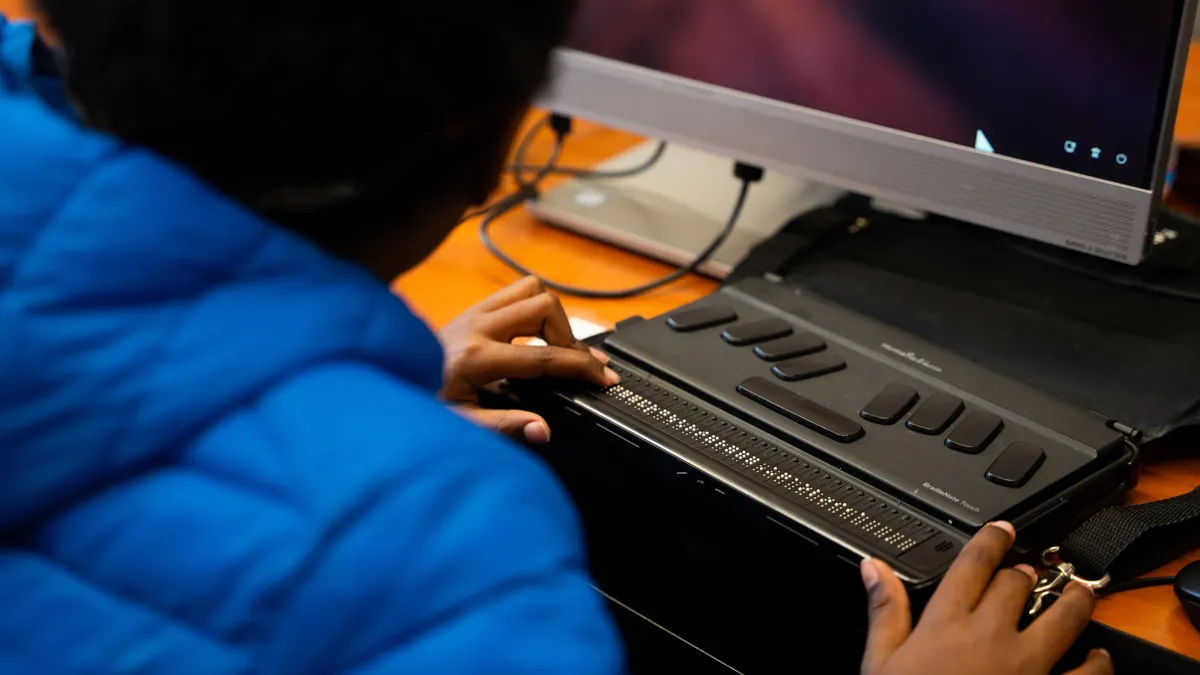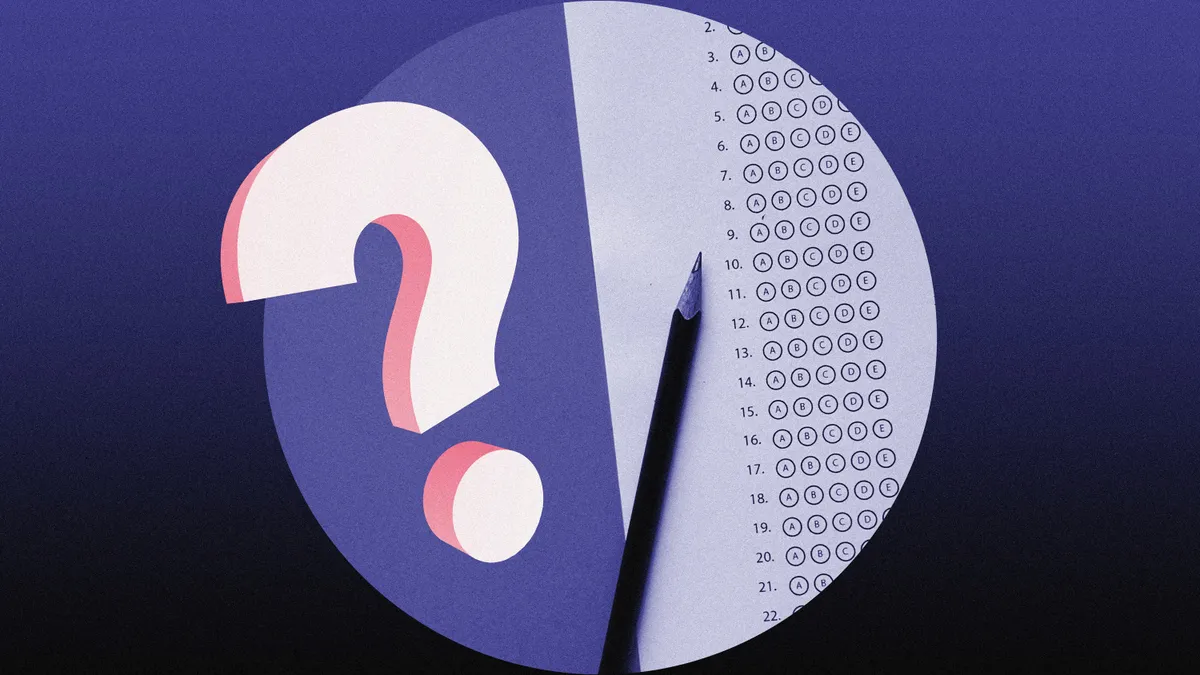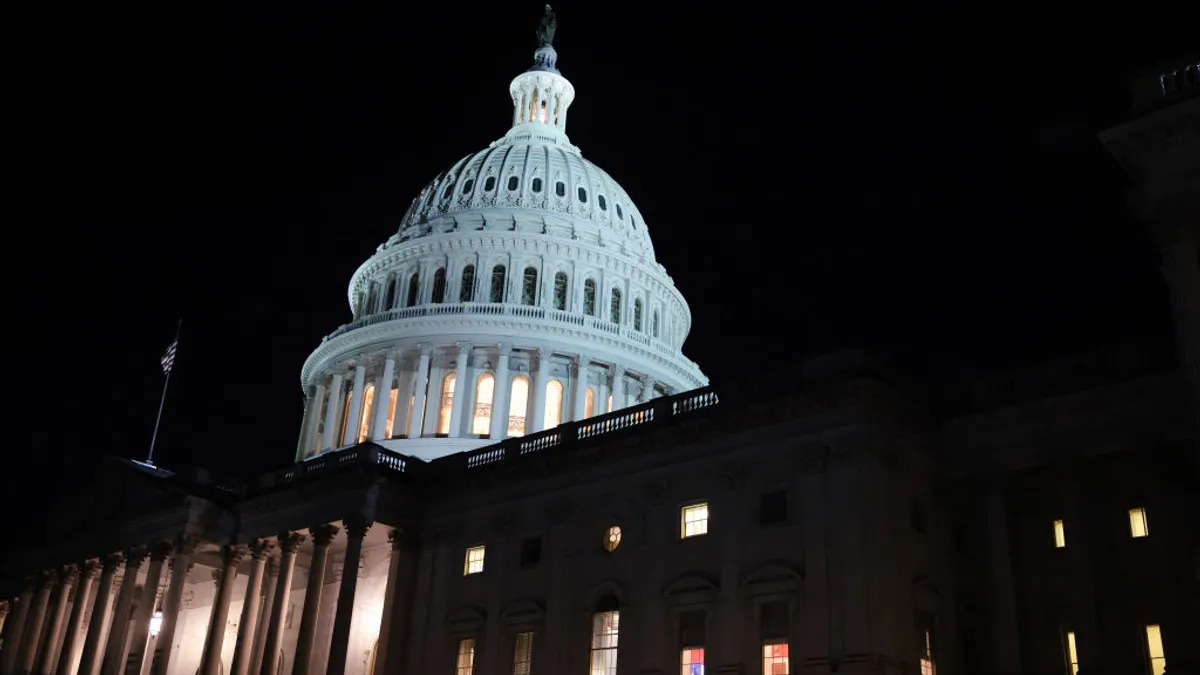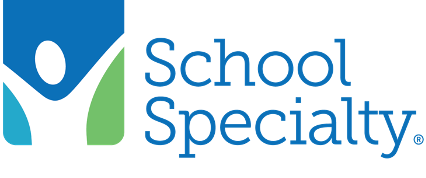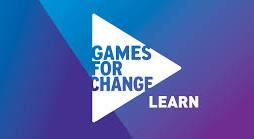As schools enter the fourth academic year since ChatGPT hit the scene, artificial intelligence tutoring tools are increasingly finding their way into classrooms.
The number of K-12 students using nonprofit Khan Academy’s Khanmigo tutoring tool, for example, jumped from 40,000 to 700,000 between the 2023-24 and 2024-25 school years, according to Kristen DiCerbo, Khan Academy's chief learning officer. And that number is expected to continue rising to over 1 million students in 2025-26, DiCerbo said.
DiCerbo, who has worked in the ed tech sector for 20 years, said Khanmigo’s increase between 2023-24 and 2024-25 “was the biggest one-year jump that I have seen in terms of adoption of an education technology.”
Still, as Khanmigo and other AI tutoring tools proliferate, evidence is still scant as to whether they can actually improve student outcomes.
Here are three key questions that ed tech researchers and industry experts say school and district leaders should consider.
What kind of AI tutoring tools are available for students?
AI tutors beyond Khanmigo that specifically cater to K-12 include Amira, which uses a cartoon avatar as a reading tutor and provides step by step assistance to students while recording their sessions so teachers can review and evaluate problem areas. Other AI-powered tools EarlyBird, Bamboo Learning and Imagine Learning use similar kinds of assessment techniques.
Publicly available AI apps have also embraced tutoring options that anyone can use.
For example, OpenAI in late July launched a “Study Mode” in Chat GPT that uses interactive prompts to ask questions and guide students through a problem rather than providing a quick answer. Google has introduced a rival mode for Gemini called “Guided Learning,” and Anthropic’s Claude now offers a tutoring tool for college students.
The release of these new features comes as some teachers have expressed concerns over students using AI tools to cheat. And in fact, the Pew Research Center found earlier this year that students are increasingly using ChatGPT for their schoolwork, with 18% of surveyed teens saying it’s acceptable to tap into AI for assistance with essays.
What are the problems?
Research has long backed tutoring — at least with humans — as an effective way to raise student achievement, said Robbie Torney, senior director of AI programs at Common Sense Media, a nonprofit research organization.
The challenge, however, is that there is little to no evidence that generative AI-powered tutors can do the same, Torney said.
Torney described AI tutoring as “one of those sort of holy grails in the K-12 space of like, ‘Well, what would it look like to be able to have a tool or have a program that could help students make progress?’” This, he said, is why there’s growing interest in these AI tutoring apps.
For Chris Agnew, director of the Generative AI for Education Hub at Stanford University, there is a strong sense of urgency to help educators understand the efficacy of AI tools through research.
The lack of research is coinciding with both rapid development of AI tools and strong encouragement from the Trump administration for school districts to use AI in their classrooms, Agnew said. Currently, however, districts are “flying blind, because the best data they have is surveys” or anecdotes from teachers who either strongly support or reject using the tools, he said.
The GenAI for Education Hub plans to analyze the use of OpenAI’s Study Mode in schools, and also how teachers and administrators use ChatGPT. “This is really important, because most AI innovation currently is coming from the private sector,” said Agnew.
Khan Academy has yet to test the efficacy of its own Khanmigo through a randomized control trial study due to the expense and other challenges in running such studies, DiCerbo said — though the nonprofit still plans to conduct that “gold standard” research.
Another challenge is finding ways to encourage cognitive thinking when students use AI tutoring. Agnew, Torney and DiCerbo all said they were not surprised when a recent MIT study found potential long-term costs for learning and cognitive skills among those relying on generative AI tools. The study noted that users who relied on AI tools “may unintentionally hinder deep cognitive processing, retention, and authentic engagement with written material.”
Where do K-12 leaders go from here?
DiCerbo noted that AI tools perform best when paired with high-quality instructional materials. Using human-curated content for AI tutors, she said, helps the tools give “better hints and clues for scaffolding and better feedback, and it’s more aligned to what teachers are wanting to teach in the school.”
Students also need support from their teachers to know how to ask good questions of AI-powered tutoring tools, DiCerbo said.
In analyzing student transcripts from Khanmigo, Khan Academy “found that there’s a lot of cases where students are just typing ‘idk' [I don't know],” or they’re just not asking good questions, DiCerbo said. “So there’s some work to be done, I think, to help students get the most out of these tools.”
For broader AI tools like ChatGPT, students can turn off the Study Mode feature whenever they want, Torney said, which is why it’s important for teachers and parents to discuss the benefits of keeping those tutoring features on when doing their own work.
As more AI platforms unveil tutoring features, that technology can help students be more active in their learning and prevent concerns of the cognitive offloading flagged by MIT researchers, Torney said.
In addition, DiCerbo recommended that school district leaders pilot an AI tool for a certain subject or grade level before scaling it districtwide.
And districts need to adopt their own acceptable AI use policies if they haven’t already done so, Torney said. Those policies don’t need to be “perfect,” but teachers and students need more clarity on how AI is and isn’t allowed to be used in school settings, he said, adding that districts should also work with their communities to develop such policies.
While districts continue to navigate AI tools, 30 states have released their own AI guidance for schools as of June, according to TeachAI, a national coalition focused on AI in education.


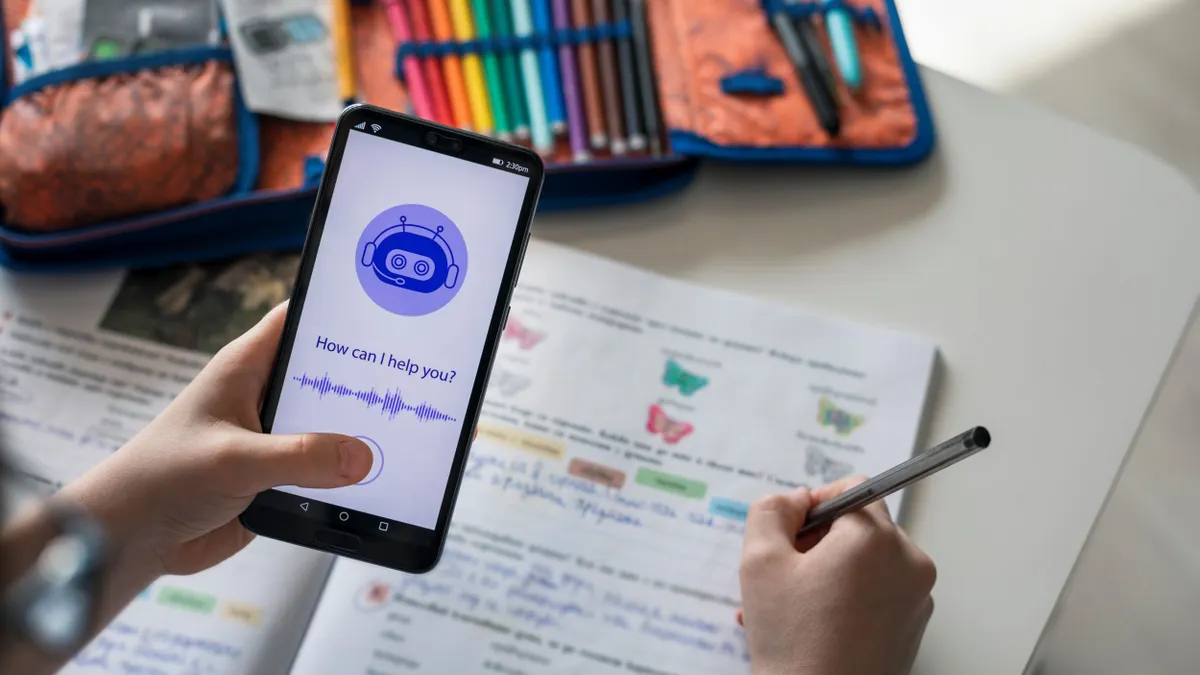



 Dive Awards
Dive Awards

